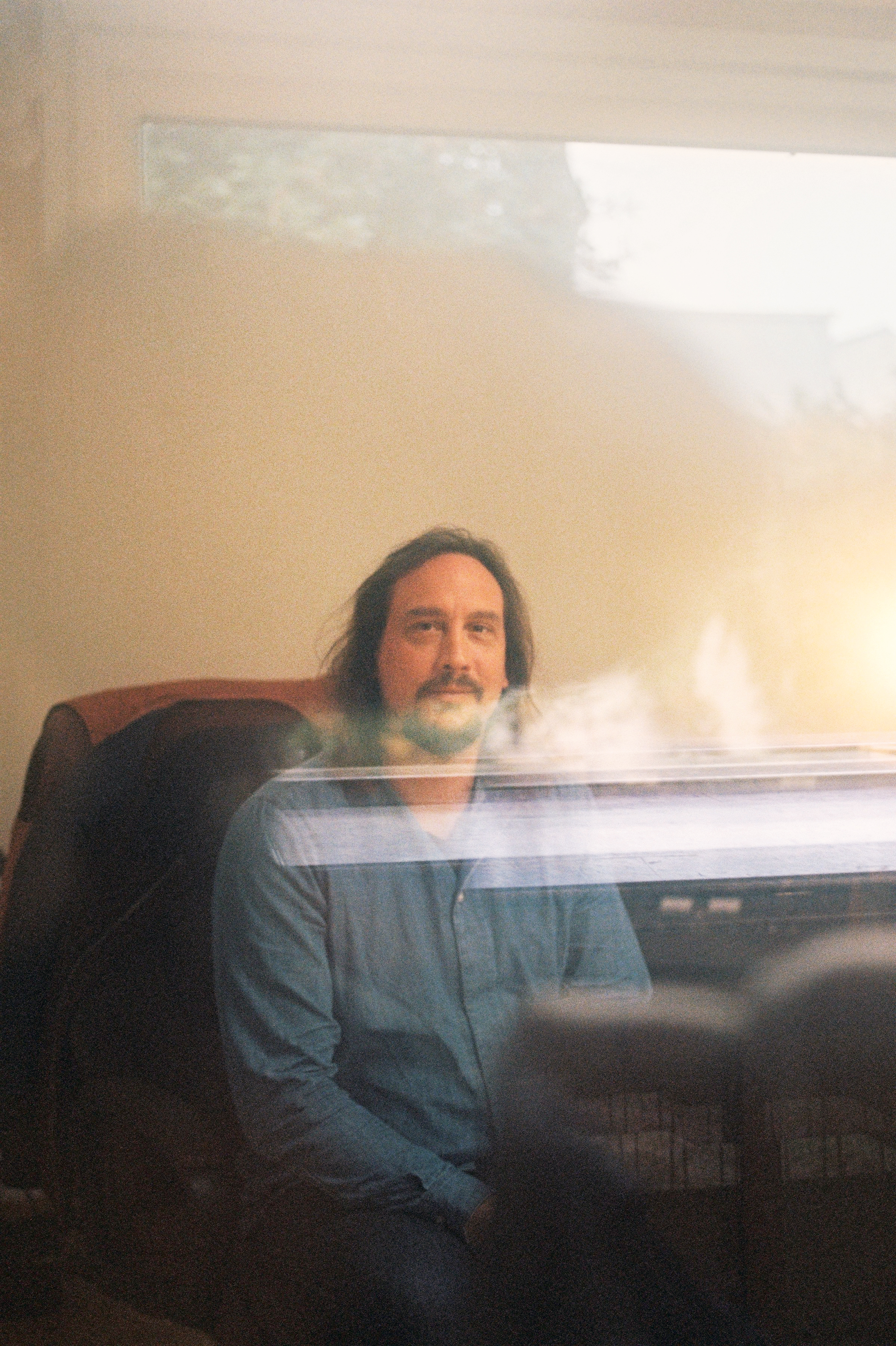Purple Magazine
— S/S 2017 issue 27
Nicolas Becker
on sound landscape
interview by OLIVIER ZAHM
portrait by GIASCO BERTOLI

OLIVIER ZAHM — How do you work on a film’s sound?
NICOLAS BECKER — For me, if we restrict things to pure Foley — the reproduction of everyday sound effects that are added to films in post-production — it all goes through the body first. The idea is to re-create all the sounds of the actors that the actual filming didn’t capture because filming focuses on voices. My job, then, is to faithfully reproduce the sounds produced by an actor’s body.
OLIVIER ZAHM — Why does filming focus on voices?
NICOLAS BECKER — Because voices are the hardest thing to reproduce. You bet it all on that. You’ll put stuff under the actors’ shoes, for example, and dress them in clothes made of fabrics that don’t rustle — all to isolate the voices as clearly as possible….